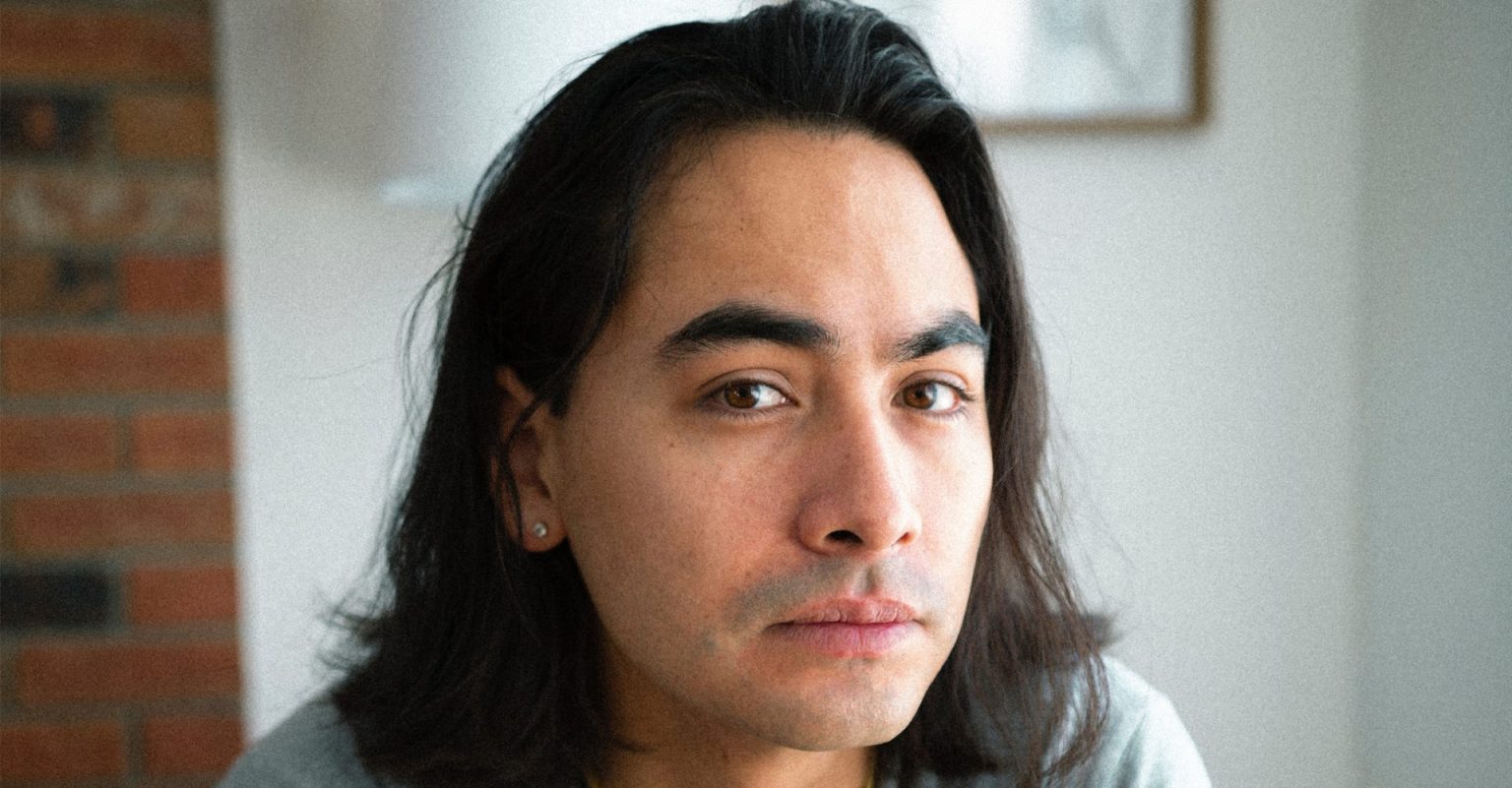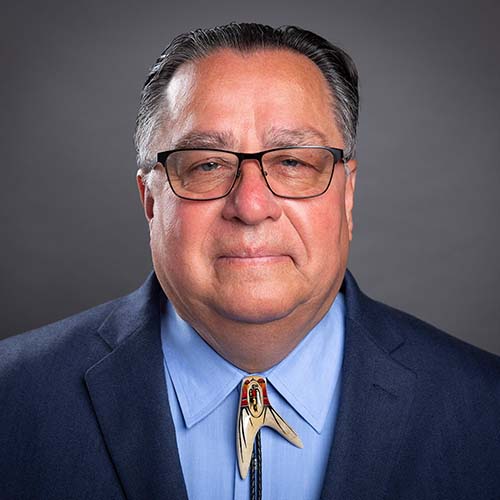
- Details
- By Kaili Berg
With the 2025 Oscar nomination of Sugarcane in the documentary film category, the horrific history of Indian residential schools continues to garner more attention.
Directed by thirty-one-year-old Julian Brave NoiseCat (Canim Lake Band Tsq'escen) and Emily Kassie, Sugarcane sheds light on the missing children who never returned home, the survivors who carry the scars of the past, and the ongoing fight for truth and reconciliation.
NoiseCat is a Native writer, journalist, policy analyst, and activist focuses on Indigenous rights, climate policy, and social justice. He has written for major publications like The New York Times, The Atlantic, and The Guardian, covering issues related to Indigenous communities, environmental justice, and progressive policies.
Last year’s Best Actress nominee Lily Gladstone (Blackfeet and Nez Perce) is an executive producer of Sugarcane.
Sugarcane focuses on St. Joseph’s Mission Residential School in British Columbia, located near the Sugarcane Indian Reserve. The film follows the story of 12-year-old Mason, a former student, while also exploring the broader history of residential schools, institutions designed to forcibly assimilate Indigenous children through abusive and dehumanizing conditions.
The film also explores NoiseCat’s personal connection to St. Joseph’s Mission, where his father was both born and attended as a child. Through this deeply personal lens, the documentary captures the intergenerational trauma experienced by Indigenous families, while also chronicling the community-led movement toward reckoning and healing.
Additionally, it documents the self-reflection of Ricket Gilbert, the former chief of the Williams Lake First Nation, who was part of a delegation of Indigenous leaders and residential school survivors who traveled to the Vatican in 2022 to meet with Pope Francis.
That visit culminated in Pope Francis’ public apology for the atrocities committed by Christian institutions against Indigenous peoples in Canada.
The origins of Sugarcane trace back to 2021, when the discovery of 215 unmarked graves at Kamloops Indian Residential School in British Columbia ignited a global conversation about Canada’s residential school legacy.
In late 2021, Williams Lake First Nation (WLFN) launched a nine-month investigation into potential unmarked graves at St. Joseph’s Mission. The findings, announced by Chief Willie Sellars in January 2022, revealed the possible burial sites of at least 50 Indigenous children.
St. Joseph’s Mission operated from 1891 to 1981 and was run by various religious sects under the authority of the Roman Catholic Church. Despite longstanding reports of neglect and abuse at the institution, many accounts were ignored or deliberately destroyed.
One of the most harrowing stories revealed that nine students attempted mass suicide by ingesting poison hemlock to escape the school, one did not survive. Additionally, several clergy members from St. Joseph’s Mission were later convicted of sexual crimes against children in the 1990s.
Before earning its Oscar nomination, Sugarcane garnered significant acclaim at major film festivals. It premiered at the Toronto International Film Festival (TIFF) in 2024, where it received widespread praise for its compelling storytelling and meticulous research.
The documentary was also featured at Sundance, where it won the Directing Award for U.S. Documentary.
Beyond its artistic and cinematic achievements, the documentary has sparked important conversations about government and church accountability, pushing for justice and reparations for survivors and their families.
Sugarcane is now available for streaming on Hulu and Disney+.
More Stories Like This
Zuni Youth Enrichment Project Takes Top Emerging Artist Apprentices to Phoenix for Artistic Exploration and Cultural ImmersionFrom Dishwasher to Award-Winning Chef: Laguna Pueblo's Josh Aragon Serves Up Albuquerque's Best Green Chile Stew
Rob Reiner's Final Work as Producer Appears to Address MMIP Crisis
Vision Maker Media Honors MacDonald Siblings With 2025 Frank Blythe Award
First Tribally Owned Gallery in Tulsa Debuts ‘Mvskokvlke: Road of Strength’
Help us defend tribal sovereignty.
At Native News Online, our mission is rooted in telling the stories that strengthen sovereignty and uplift Indigenous voices — not just at year’s end, but every single day.
Because of your generosity last year, we were able to keep our reporters on the ground in tribal communities, at national gatherings and in the halls of Congress — covering the issues that matter most to Indian Country: sovereignty, culture, education, health and economic opportunity.
That support sustained us through a tough year in 2025. Now, as we look to the year ahead, we need your help right now to ensure warrior journalism remains strong — reporting that defends tribal sovereignty, amplifies Native truth, and holds power accountable.
 The stakes couldn't be higher. Your support keeps Native voices heard, Native stories told and Native sovereignty defended.
The stakes couldn't be higher. Your support keeps Native voices heard, Native stories told and Native sovereignty defended.
Stand with Warrior Journalism today.
Levi Rickert (Potawatomi), Editor & Publisher

